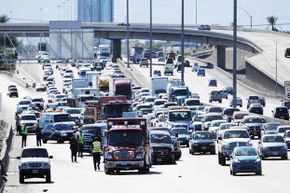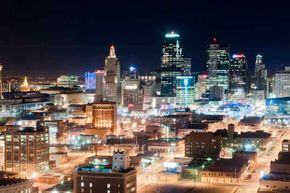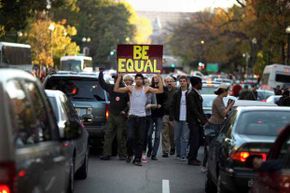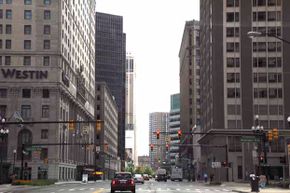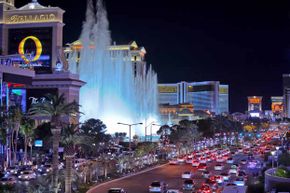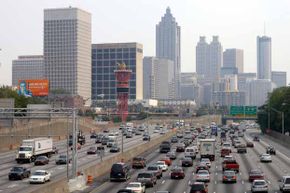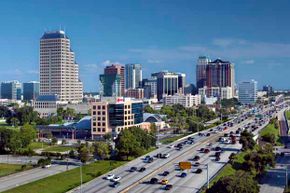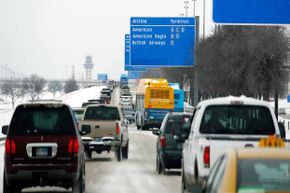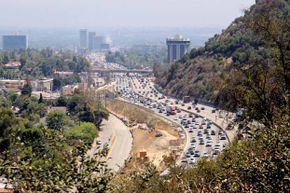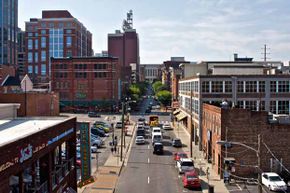In Jacobellis v. Ohio, a 1964 Supreme Court case concerning a criminal law against "hard-core pornography," Justice Potter Stewart famously wrote that while he could not intelligibly define the term, "I know it when I see it" [source: urban sprawl, a concept that for some is just as offensive and equally hard to explain, mostly because everyone seems to have a different definition for the term. The hallmarks include bad traffic, a flurry of strip malls and an "out, not up" development strategy, but ultimately sprawl is in the eye of the beholder.
Essentially, sprawl is the spreading of a city and its suburbs. Or, as the Oxford English Dictionary puts it, "the straggling expansion of an indeterminate urban or industrial environment into an adjoining countryside." Whether or not it is a good thing remains the subject of debate among city planners, political leaders, environmentalists and folks who don't like sitting in bumper-to-bumper traffic. Some claim that sprawl has helped reduce a "consumption gap" among races, while others simply contend that compact development is not the cure for traffic woes. What's clear is that sprawl is happening in cities and regions across the U.S., encouraged by factors like poor planning, zoning laws and Americans' dependence on cars [sources: Gilroy, Hess].
Advertisement
Read on for a peak at the sprawliest cities of them all.
